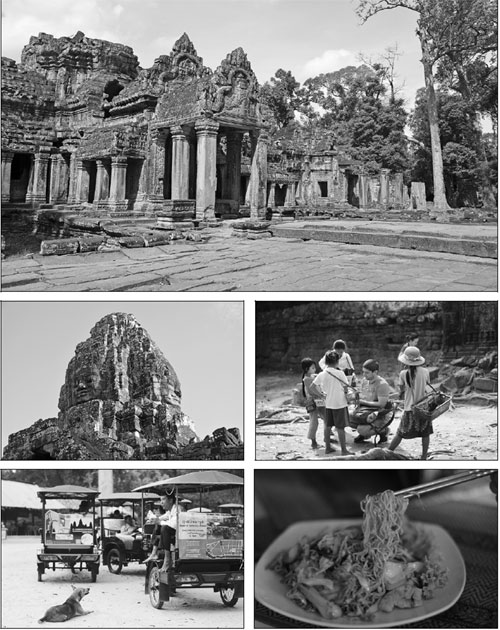At dawn or dusk, Angkor Wat dazzles
Updated: 2016-02-13 08:12
By Xu Lin(China Daily)
|
||||||||
After 700 years, what remains is more than just remains
More than 700 years ago, Zhou Daguan, a Chinese diplomat, recorded for posterity details of his stay in Angkor in The Customs of Cambodia, a work that would one day play a key role in the discovery of the abandoned, forest-clad Angkor by the French.
Apart from the book, the brick and stone temples that remain are the only tangible way for us of the 21st century to get to know about the art and civilization of the mysterious Khmer Empire of the 9th-14th centuries.
Angkor Wat was built as a state temple dedicated to Vishnu, one of the Hindu trinity, in the early 12th century.
Like other Khmer architecture, the temple boasts pyramids created by stepped terraces that symbolize a temple-mountain and concentric galleries of elegant bas-reliefs.
It is one of the world's largest religious monuments, a miniature of the Hindu universe, with its five central towers representing the peaks of Mount Meru.
The first carvings at the main entrance to catch the eye are the beautiful apsaras, female divinities in Hindu mythology. There are more than 2,000 of these in the temple, with different expressions, postures and hairstyles. The most unique is several meters south - revealing her teeth in a grin.
You have to cross a 350-meter-long causeway before climbing steep stairs to the central shrine at the towers.
The causeway's balustrades are in the form of nagas, or seven-headed serpents, with guardian stone lions next to them. Traditional belief has it that this is a rainbow bridge that links the world of humans with that of the gods.
One thing to be keenly aware of before you visit Angkor Wat is that the view you get of will differ markedly depending on what time of day you are there; the views of sunrise and those of sunset are world's apart. At dawn, about 7 am, many gather at a pond near the causeway to enjoy the temple's pretty silhouette and reflection.
Outside the central temple complex are the well-known intricate bas-reliefs about historical events and Hindu mythology.
One 49-meter-long panel depicts 88 gods and 92 asuras pulling the body of a giant naga to churn the Sea of Milk for 1,000 years to produce amrita, the elixir of immortality.
The gods keep their promise to give half of the amrita to asuras, but the latter try to steal it.
You can easily see that the churning created dancing apsaras and various marine life such as fishes, crocodiles and turtles.
Another place that offers fantastic narrative bas-reliefs is the Bayon Temple at Angkor Thom. It shows historical battles on water and on land, and the daily lives of people in the early 13th century. The Khmer soldiers have short hair and are often armed with shields and spears, and their commanders ride elephants. A group of their allies, Chinese soldiers, have beards and topknots.
The expressions on the faces of the soldiers is as varied as their number. When you are inspecting the walls a cursory look will not do; look closely and you will see fascinating scenes and vivid detail. For example, Chinese place bets on a cockfight, women weigh their goods in the market and there is a troupe of jugglers.
On the upper terrace of the temple 37 face-towers remain, just like a chain of mountain peaks. Most are carved with four faces with cardinal points.
Just like the smile of Mona Lisa, their smiling faces make people feel peaceful and ponder over life. Sometimes you will even see a cat seeming to ponder the structures.
Angkor Thom was the capital of Khmer until the 17th century. Its south gate is the most well-restored one, with a tower of four faces.
In front of the gate is a road above a moat lined by two rows of figures each carrying the body of a giant naga - gods and asuras respectively. As with so much that Zhou recorded in his book, he seems to have got this just right.
The heart of Angkor Thom is the 330-meter long Elephant Terrace, with carvings of elephants with mahouts along its walls. There are carvings of lion-head men and garuda (bird-man, Vishnu's vehicle), with raised arms as if they are supporting the terrace. On the staircase are three-headed elephants with trunks pulling lotuses from the ground.
Next to it is the Leper King Terrace, carved with mythological scenes such as nagas and deities with swords. You can find hidden reliefs when you enter a zigzagging trench by a narrow entrance.
The best way to travel around the city is by tuk tuk, a motorcycle that pulls a two-wheeled trailer. It's better to take a car while visiting temples in the suburban area such as Beng Mealea.
The unrestored temple with collapsed galleries and towers is a perfect place for hiking. The main entrance is just a pile of giant stones and you have to walk on a wooden path built in recent years, if you want to explore further.
The winding tree roots twine around the remaining structures, making this place like a wonderland. After about 800 years, the temple and ancient trees have a symbiotic relationship. The broken naga sculptures, lintels with carvings and pillars everywhere try to tell their stories to visitors - in vain, alas!
Our tuk tuk driver told us that more and more young people are learning English and even Mandarin to get a decent job in tourism. The daily income of a Chinese-speaking tour guide is twice that of those who speak English, because of the demand.
In scenic spots it is not just the scenery that you spot, but adorable children as well, touting cheap souvenirs such as magnets and postcards in Mandarin and English.
The urge to help them by buying their wares is almost irresistible, until you consider that if you hand over your money some parents will keep their children out of school so they can make easy money this way.
Instead, you can donate things such as clothes and stationery to schools or local NGOs and stay a little longer to do volunteer work.
If you go: A direct flight between Beijing and Siem Reap city is about five hours. Siem Reap International Airport is seven kilometers from downtown. The common currency used is the US dollar and small change is useful. Do take mosquito repellent, medicine for diarrhea, heatstroke and cold.
xulin@chinadaily.com.cn
|
Clockwise fromtop: Temples in Angkor tell us the art and civilization of the Khmer Empire; kids touted cheap souvenirs in a temple; fried instant noodles is a common street food in the SiemReap; it's convenient to travel by tuk tuk; facetowers in Bayon Templemake people feel peaceful and ponder over life. Photos By Xu Lin/ China Daily |
(China Daily 02/13/2016 page5)
- ASEAN wants good US-China relations
- Jury finds NYPD's Liang guilty in fatal shooting
- Major powers agree on plan to break Syria deadlock
- Munich Security Conference opens amid concerns
- General strike against pension reform brings Greece to standstill
- Madrid airport sounds alarm after bomb threat on Saudi plane
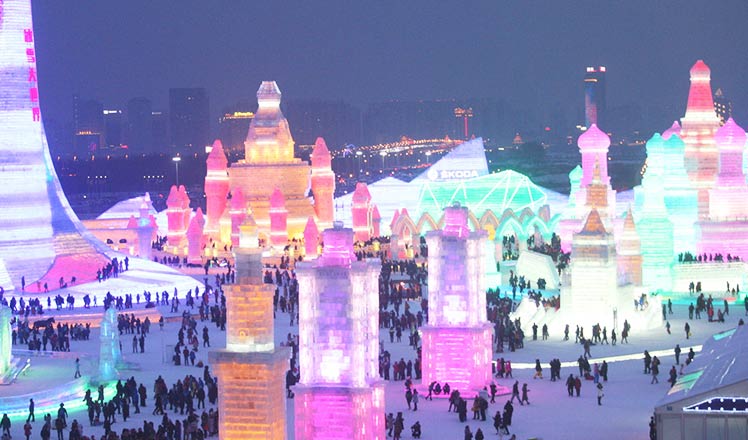
 Spectacular Harbin snow sculptures draw holidaygoers
Spectacular Harbin snow sculptures draw holidaygoers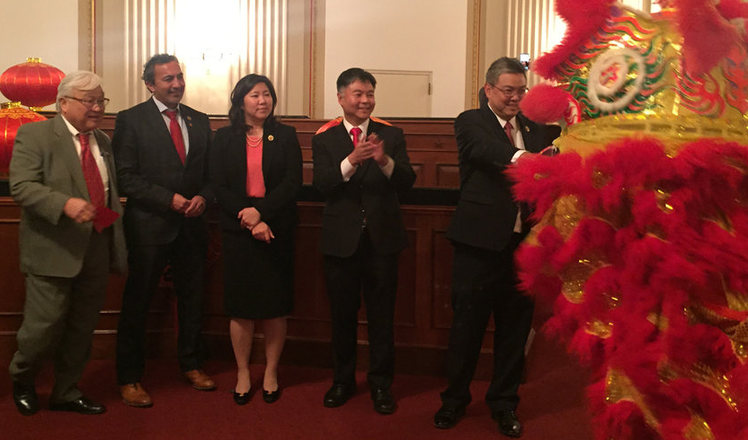
 First Capitol billing for Lunar New Year
First Capitol billing for Lunar New Year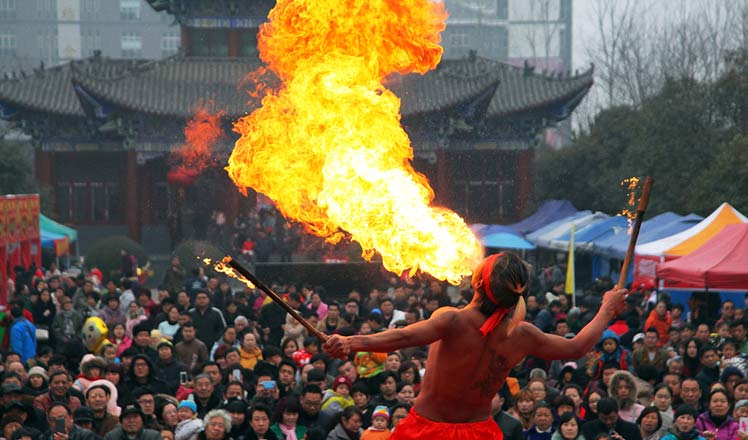
 All you need to know about China's Spring Festival temple fairs
All you need to know about China's Spring Festival temple fairs
 Special souvenirs
Special souvenirs
 Opening bell on Chinese New Year's Day
Opening bell on Chinese New Year's Day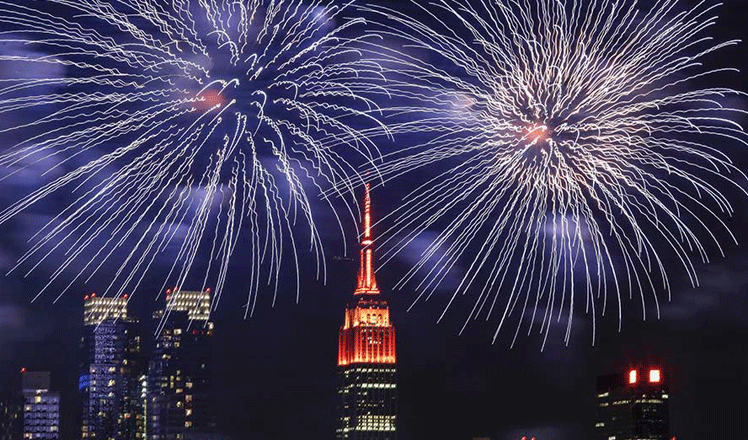
 The world celebrates Spring Festival with China
The world celebrates Spring Festival with China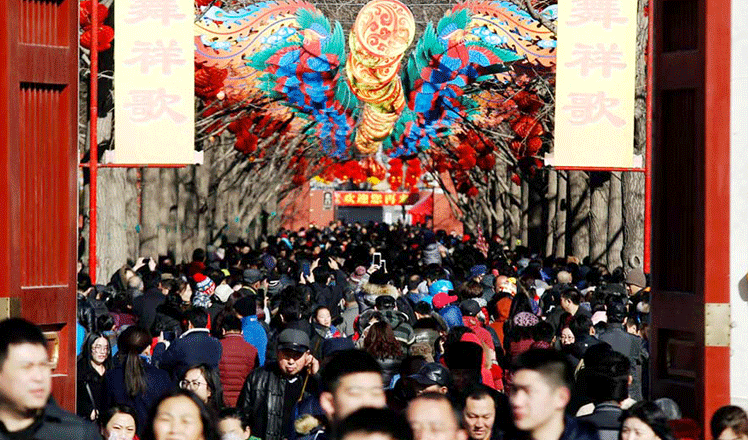
 Ditan Park temple fair embraces Chinese New Year
Ditan Park temple fair embraces Chinese New Year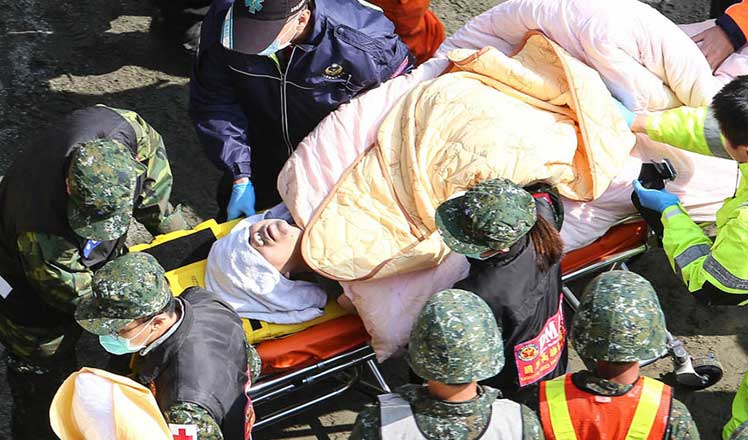
 Xi Jinping grieves over Taiwan quake, vows aid
Xi Jinping grieves over Taiwan quake, vows aid
Most Viewed
Editor's Picks

|

|

|

|

|

|
Today's Top News
National Art Museum showing 400 puppets in new exhibition
Finest Chinese porcelains expected to fetch over $28 million
Monkey portraits by Chinese ink painting masters
Beijing's movie fans in for new experience
Obama to deliver final State of the Union speech
Shooting rampage at US social services agency leaves 14 dead
Chinese bargain hunters are changing the retail game
Chinese president arrives in Turkey for G20 summit
US Weekly

|

|
